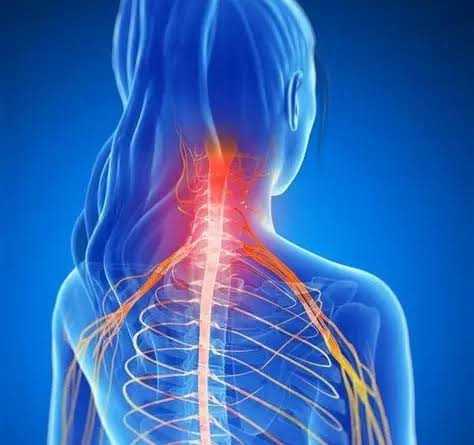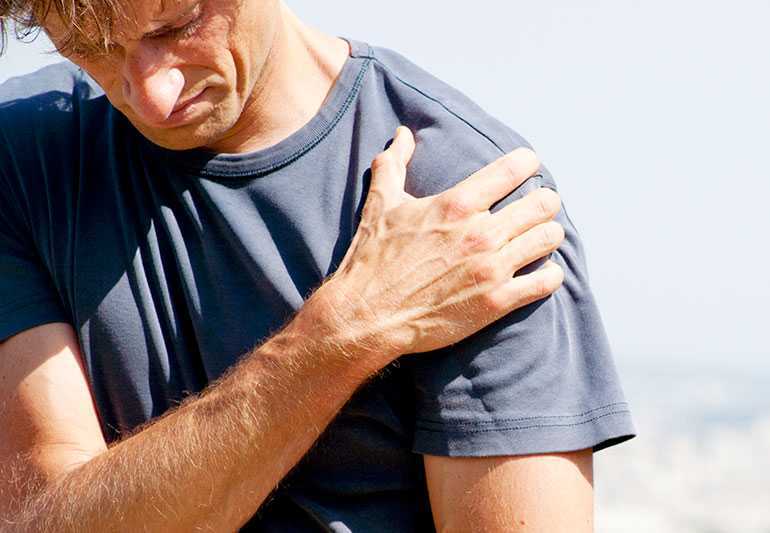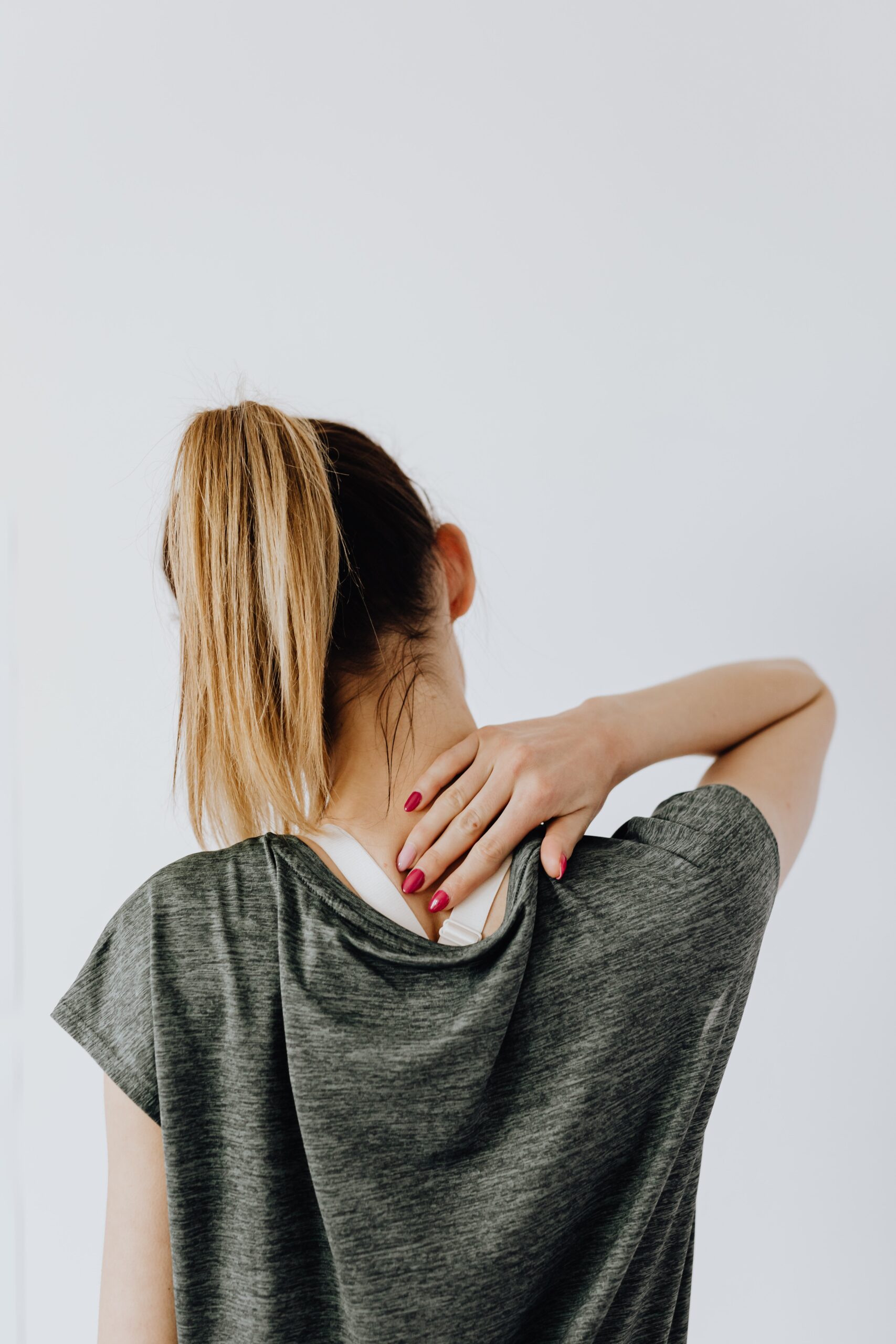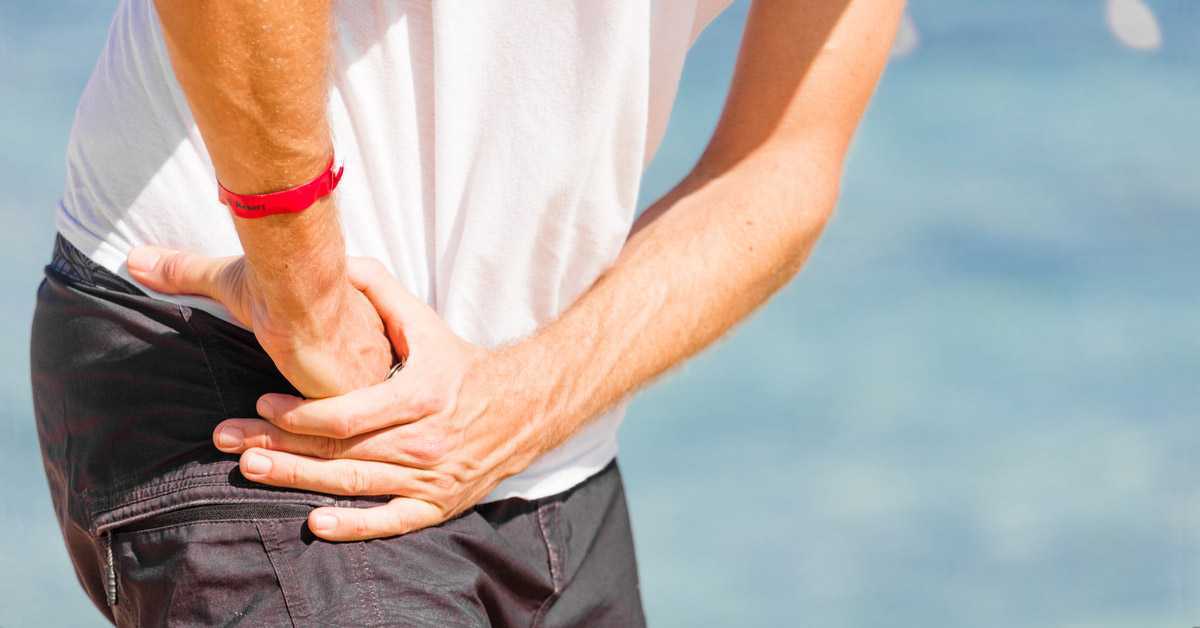A Tendinopathy is a pathological change that occurs to the tendon matrix. Tendons are made up primarily of tightly packed bundles of Type 1 collagen firers in a parallel arrangement. Tendons are designed to with stand high amounts of tensile load and act like a spring.
When a tendon becomes pathological or painful, there can be changes that are occurring to the collagen matrix, that mean that it is less able to withstand high amounts of tensile load.
You may be familiar with Achilles tendinopathy; this is the tendon that attached your calf muscle to the heel. This is a very strong tendon, but for various reasons this tendon can become very painful and the tendon capacity to store and release energy becomes impaired.
This is not limited to the Achilles tendon and tendinopathies do not only occur in the sporting population. Some other common tendinopathies include:
- Gluteal tendinopathy
- Patellar tendinopathy
- Medial epicondylalgia (Golfers elbow)
- Lateral epicondylalgia (Tennis elbow)
- Rotator cuff tendinopathy
- Iliopsoas tendinopathy
Tendinopathy can occur in almost any tendon in the body where the load placed on the tendon exceeds its capacity in combination with various risk factors that may include:
- Increasing age
- Gender
- Peri & post-menopausal women
- Genetics
- Smoking
- Obesity & metabolic factors
- Central adiposity (Gaida, 2008)
- Diabetes
- Medications
- Steroids
- Fluoroquinolones (Lewis et al. 2014)
- Statins
- History of injury
- Underload / deconditioning
- Changes in activity
- Muscle strength
- Overload
- Changes in exercise volume, frequency, or intensity
- Biomechanical factors
- Inappropriate recovery
- High cholesterol (Yang et al. 2018)
- Rheumatological conditions
Tendon respond appropriately to load. However rapid changes in load can be provocative. Appropriate load management is key.
How can we help?
Firstly, it is important to understand WHY the tendon is painful and what are some factors that may be contributing to your symptoms.
Secondly understanding a thorough medical and exercise history is important to assist in modifying the potential contributors and in particular training load.
We also need to assess your current strength and tissue capacity. Far too often people with tendinopathy are prescribed loads that are not appropriate to stimulate an adaptive response to the tendon.
Finally, a progressive exercise program that supports your goals and gets you back to doing the things that you enjoy.












